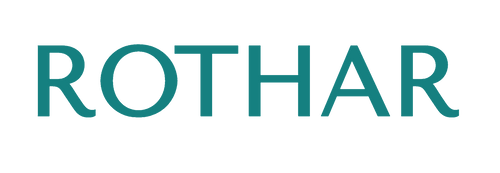In March 2004, Ireland was the first country in the world to introduce a comprehensive legislation banning smoking in all workplaces, including bars and restaurants. The logic was simple: passive smoking causes disease in nonsmokers, and it was important to intervene to prevent people from getting sick. Despite opposition, mostly by publicans, the government showed leadership and did not back down. Almost 20 years later, it is widely accepted that releasing a cigarette’s harmful smoke into someone’s home, place of work, or even close to a non-smoking person outdoors is antisocial behaviour.
And yet, we breathe contaminated, dirty air every day in Ireland. In and outside our homes, in cities and villages alike, and it is making us very sick. Polluted air has been shown to increase the chances of strokes, cancer, dementia and heart disease. In Ireland, 1 in 10 children have asthma. This is 1 in 10 children in this country who know how it feels to struggle to breathe. Every four minutes, someone in Ireland visits an Emergency Department with asthma. Every. 4. Minutes.
Why don’t we hear more about it?
One of the reasons is the information is not widely available, or more precisely, because we are not directly informed about it. In other cities, from Paris to Melbourne, air monitoring stations are placed strategically on main arteries so that citizens can get alerts as soon as an air quality breach is detected. This is not the case in Ireland. In Dublin, in Phibsborough, one of the most congested areas in the city and widely known as a traffic hotspot, the closest stations are by TU Dublin, Cabra Community College or Drumcondra, behind trees. However, when citizens put test tubes outside their homes last winter in the area to measure Nitrogen Dioxides (NOx), they found that the levels were about three times higher than the World Health Organisation guidelines.
The other problem is that levels are calculated either on a daily or even yearly basis, meaning that even if the air around you is toxic very often, the end figure will be diluted by the measurements made during quiet times, showing a misleading result. For example, in Ennis, County Clare, if you look at the yearly levels, the town seems to be alright - we know though that Ennis air pollution measured by the EPA for fine particulates (PM) has at times been 40 times the World Health Organisation’s guidelines, at par with cities like Beijing. This is a grave concern, as each high air pollution event is an immediate hazard to the health of people particularly the young, elderly and people with chronic diseases.
Being indoors, or being in your car, is not protecting you - on the contrary, if you burn solid fuels at home, you are exposed to dangerous levels of contaminants. The same applies for cars, which experts describe as ‘boxes collecting toxic gases’. Air pollution also affects people from poorer communities more, as they depend more on solid fuels for heating, cannot afford to replace an old car or that they live close to busy roads. In short, sources of pollution are in your neighbourhood from motors, and in your home from turf, coal, oil, gas or wet wood - there is nowhere to go, nowhere to retreat. Again, information is key: if we know how much and how frequently safe limits of air pollution are breached in our homes and in our neighbourhoods, we can start making policy decisions to protect people. We need monitors installed where people and pollution overlap. For example, we need to put monitoring stations on main roads in Dublin City Centre, as it is a densely populated area with high levels of car traffic. Many people drive through the city, but an even larger number of people live there and are everyday exposed to high levels of poison.
The government’s response to these issues is simply not sufficient and its Clean Air Strategy, out for consultation until May 3rd, does not go far enough. To save our lungs, our health and our children’s health, we need transformative measures to clean our air quickly, such as low emission zones in cities, align ourselves with WHO Air quality limits, set up monitoring stations and alert people when limits have been breached, as well as helping people to switch to cleaner fuel sources for homes, especially those most impacted by solid fuel regulation, and we need viable alternatives to the private car.
The government showed leadership in 2004 by making workplaces safe from harmful cigarette smoke. It is time for us to ask for the same thing for our streets and our homes, and to let Ireland breathe.

